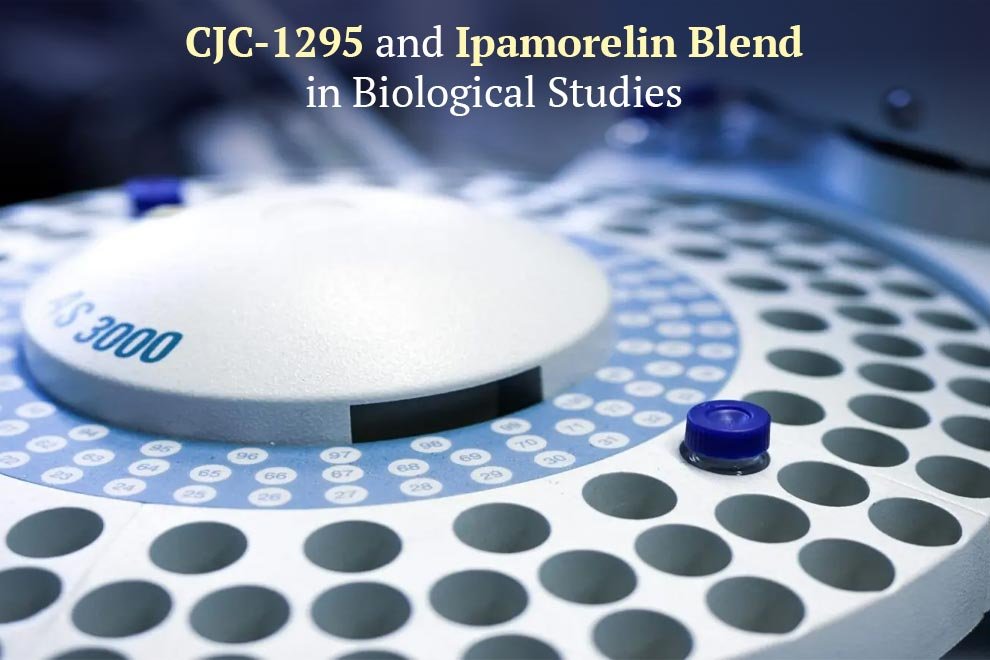Key Highlights:
- The algorithm correctly predicts the 3D forms of drug targets and other important biological components
- The team characterizes structure as the determining function in structural biology, which is the study of molecule shapes
- The team anticipates that understanding this fundamental technology will pave the way for future research and applications
The Algorithm Effectively simulates 3D forms
Determining the 3D shapes of biological molecules is one of the most challenging difficulties in modern biology and medical research. Companies and academic organizations often spend millions of dollars trying to identify a molecular structure, and even such large-scale efforts are frequently unsuccessful. However, Stanford University researchers have developed a new deep learning algorithm called ARES (Atomic Rotationally Equivalent Scorer) for solving this obstacle by computationally forecasting accurate structures.
Even with limited data, the algorithm accurately predicts the 3D forms of drug targets and other essential biological components. As a result, it can be employed to discover the structures of molecules that are difficult to identify experimentally. The algorithm not only anticipates but also describes how different molecules work, with applications ranging from fundamental biological research to informed drug design procedures.
The team explains structure as the determining function in structural biology, which is the study of the forms of molecules. Proteins are molecular machines that perform a variety of functions and usually connect with other proteins. Researchers having knowledge of protein pairings implicated in disease and their interaction in 3D can also target this interaction very specifically with therapy.
Comprehending Basic Technology for Future
The team argues that traditional teaching strategies can frequently impact a calculation for specific aspects, preventing it from discovering other instructional opportunities. As a result, they employed the machine to determine these molecular characteristics independently rather than identifying what makes an underlying forecast reasonably accurate.
The network was able to discover crucial concepts in the development of molecular structures without being explicitly trained. The team claims that their algorithm not only retrieved key elements but it has also retrieved qualities that were previously unknown.
Subsequently, the researchers deployed their algorithm to another class of crucial biological molecules, RNAs (a series of ‘RNA Puzzles‘). The algorithm outperforms all other puzzle competitors despite not being specifically built for RNA structures. The algorithm outperforms all other puzzle competitors without even being explicitly developed for RNA structures. The majority of today’s advanced machine learning (ML) and deep learning algorithms require massive volumes of data for training. Despite their extensive scope, these algorithms cannot be used in several circumstances due to data scarcity. The fact that this method works despite having very little training data suggests that similar techniques could tackle unsolved difficulties in many disciplines where data is limited. Furthermore, the team expects that comprehending this underlying technology will open the way for future research and applications, such as developing new molecules and medicines using this information.
Also Read:- Can Nootropics or Smart Pills really make you smarter?










